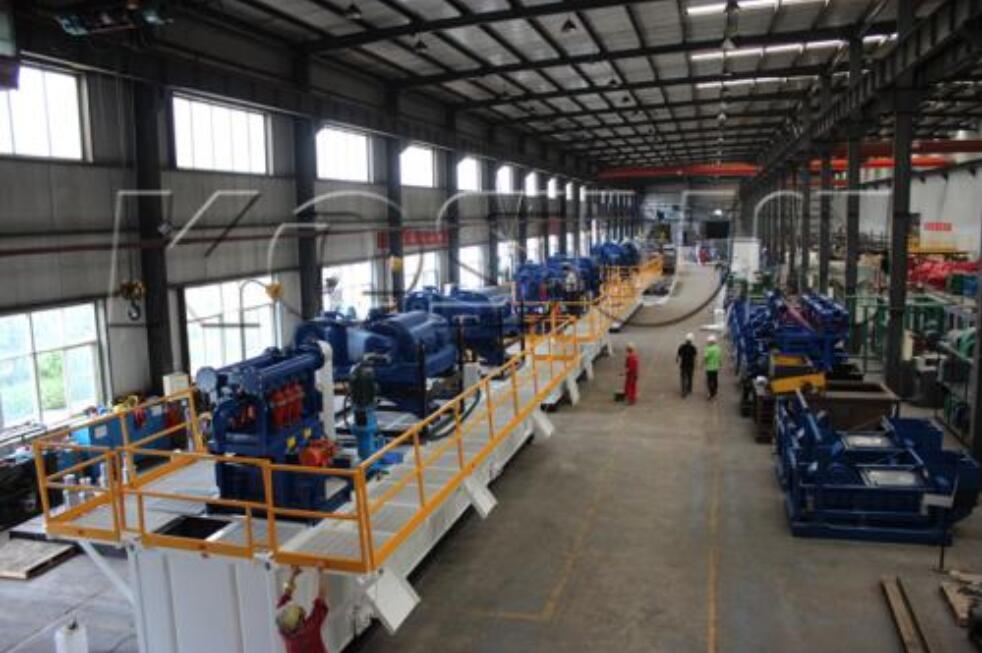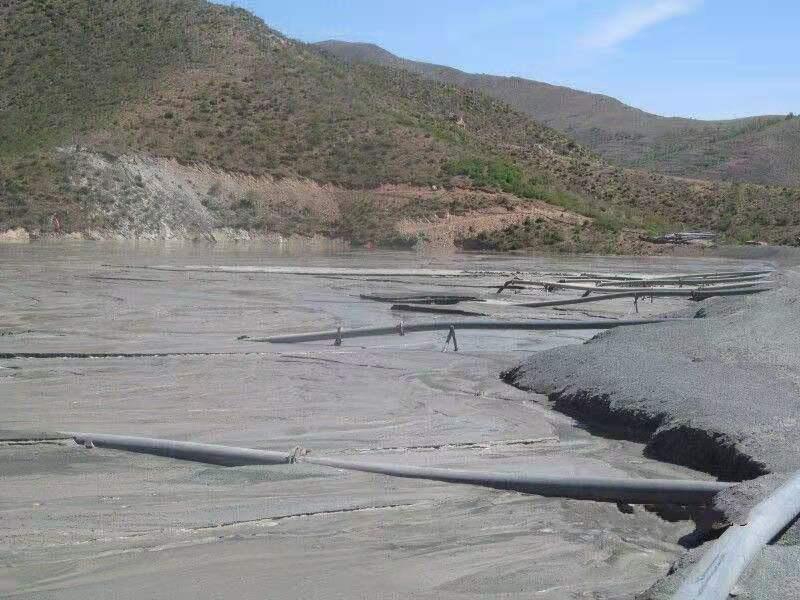- Home
- Products
-
-
Solids Control Equipment
- Linear Motion Shale Shaker
- Decanter Centrifuge
- Mud Cleaner
- Vacuum Degasser
- Centrifugal Pump
- Shear Pump
- Submersible Slurry Pump
- Mud Agitator
- Mud Gun
- Jet Mud Mixer
- Desilter
- Water Tank
- Mud Tank
- Diesel Tank
- MD210 Drilling Mud Cleaner
- Balanced Elliptical Motion Shale Shaker
- Oilfield Drilling Mud Desander
-
Solids Control System
- Drilling Mud Cooling System
- Solids Control System
- Mobile Solids Control System
- Arctic Solids Control System
-
TBM
- Tunnel Boring Mud System
-
HDD
- HDD Mud Recovery System
-
-
- News
- Services
- Marketing
- About Us
- Contact Us
- Videos
Home > KOSUN News >
The function of tailings dry discharge in sludge treatment process
Jul 19, 2019
The first stage is sludge concentration to preliminarily reduce the volume of sludge;
The second stage is sludge digestion to decompose the organic matter in the sludge;
The third stage is sludge dewatering to further reduce the volume of sludge;
The fourth stage is sludge disposal to treat the final sludge by some means.
The above typical sludge treatment process can achieve the reduction, stabilization, harmlessness and recycling of sludge after treatment.

(1) Reduction: Because the sludge has high water content with large volume and fluidity. After the above process, the sludge volume is reduced to one-tenth of its original volume, and its state is converted from liquid into solid, which is convenient for transportation and consumption.
(2) Stabilization: The content of organic matter in the sludge is very high, which is highly prone to decomposition and produces foul odor. After the digestion of the above process, some of the easily spoiled organic matters are decomposed and transformed, and the malodor is greatly reduced, which is convenient for transportation and disposal.

(3) Harmlessness: The sludge, especially the primary sludge, contains a large number of pathogenic bacteria, parasitic eggs and viruses, which are easy to cause widespread spread of infectious diseases. Through the digestion stage in the above process, most of the eggs, pathogens and viruses can be killed, and the hygienic indicators of the sludge are greatly improved.
(4) Recycling: Sludge is a resource that contains a lot of heat, and its calorific value is between 10,000 and 15,000 kJ/kg (dried sludge), higher than coal and coke. In addition, the sludge is also rich in NPK, which is an organic fertilizer with high fertilizer efficiency. Through the digestion stage in the above process, the organic matter can be converted into biogas, and the heat can be utilized, and the fertilizer efficiency can be further enhanced.
The second stage is sludge digestion to decompose the organic matter in the sludge;
The third stage is sludge dewatering to further reduce the volume of sludge;
The fourth stage is sludge disposal to treat the final sludge by some means.
The above typical sludge treatment process can achieve the reduction, stabilization, harmlessness and recycling of sludge after treatment.

(1) Reduction: Because the sludge has high water content with large volume and fluidity. After the above process, the sludge volume is reduced to one-tenth of its original volume, and its state is converted from liquid into solid, which is convenient for transportation and consumption.
(2) Stabilization: The content of organic matter in the sludge is very high, which is highly prone to decomposition and produces foul odor. After the digestion of the above process, some of the easily spoiled organic matters are decomposed and transformed, and the malodor is greatly reduced, which is convenient for transportation and disposal.

(3) Harmlessness: The sludge, especially the primary sludge, contains a large number of pathogenic bacteria, parasitic eggs and viruses, which are easy to cause widespread spread of infectious diseases. Through the digestion stage in the above process, most of the eggs, pathogens and viruses can be killed, and the hygienic indicators of the sludge are greatly improved.
(4) Recycling: Sludge is a resource that contains a lot of heat, and its calorific value is between 10,000 and 15,000 kJ/kg (dried sludge), higher than coal and coke. In addition, the sludge is also rich in NPK, which is an organic fertilizer with high fertilizer efficiency. Through the digestion stage in the above process, the organic matter can be converted into biogas, and the heat can be utilized, and the fertilizer efficiency can be further enhanced.


